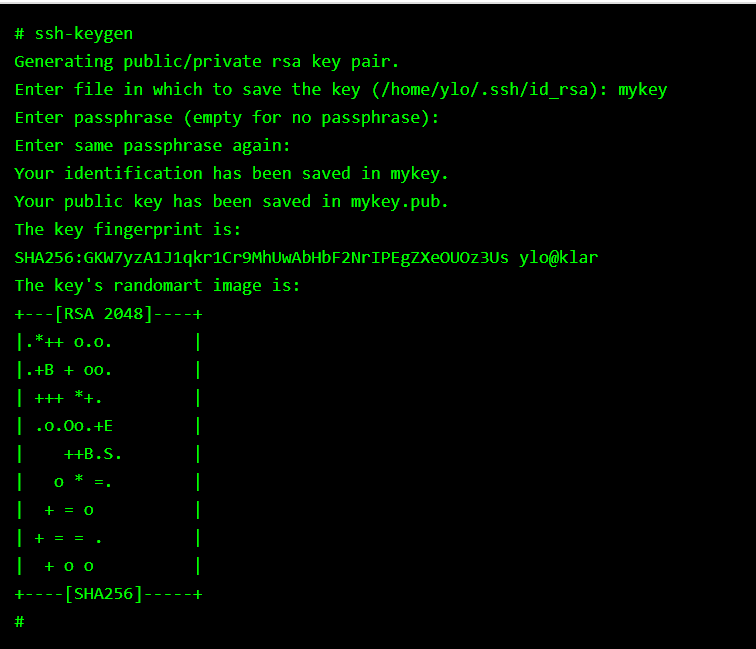

#Ssh copy id example password#
If you have a passphrase on your private key (and you should!) SSH will prompt you for the password when connecting. If this is outside of your user/home directory it could inherit permissions to allow access other users and groups. You can do this with chmod 600 or by moving the file to somewhere in your user/home directory (desktop for example). ssh directory you can use ssh -i ssh -i may need to fix your key file permissions to RW for user only. You can connect with ssh ssh the key isn’t stored in your. This output should now include your public key created in the earlier step. SSH to the server and run cat ~/.ssh/authorized_keys. > ~/.ssh/authorized_keys: Append (>) output from cat (output received from get-content pipe) to /.ssh/authorized_keys. |: Pipe (send) output of the get-content command to the next commandĬat: Print output from get-content command that was piped to SSH command Get-content ~\.ssh\id_rsa.pub: Get content of the file \.ssh\id_rsa.pub You can copy the key with get-content ~\.ssh\id_rsa.pub | ssh “cat > ~/.ssh/authorized_keys” get-content ~\.ssh\id_rsa.pub | ssh "cat > ~/.ssh/authorized_keys"
#Ssh copy id example windows#
Windows does not have ssh-copy-id by default. Use ssh-copy-id -i ~/.ssh/id_rsa.pub to store the key in ~/.ssh/id_rsa.pub on.

The steps below assume you have SSH access to the target system and your public key is /.ssh/id_rsa.pub Linux The public key needs to be on the server you’re connecting to. If you accept the defaults 🙂 and use RSA, this is still considered secure but you’ll want to use a longer key length (ex: -b 4096). pub file will be generated with the same name. f: Filename to use for the keys generated. This is why it’s recommended to use a passphrase when creating a key.Ĭheck the ssh-keygen man page for more options. If anyone gets this file they can be you. The default filenames use the format id_.įor example, the command above uses RSA so the filenames will be id_rsa. You may need to enable showing hidden files in file explorer if you can’t see this directory. Consider using a different filename with -f instead.īy default this will create two files in /.ssh/ Passphrases are optional but recommended.īe careful if you’re prompted to overwrite any files. You’ll be prompted for a location to save your key and a passphrase for the private key. b: Number of bits in key (ignored for ECDSA-SK, Ed25519 and Ed25519-SK) You can use ssh-keygen -m PEM -t rsa -b 4096 to create a key.

This process is the same for Windows (Server 2019/Windows 10 build 1809 or later) and most Linux distros. Store on server with Linux or Windows commands below


 0 kommentar(er)
0 kommentar(er)
